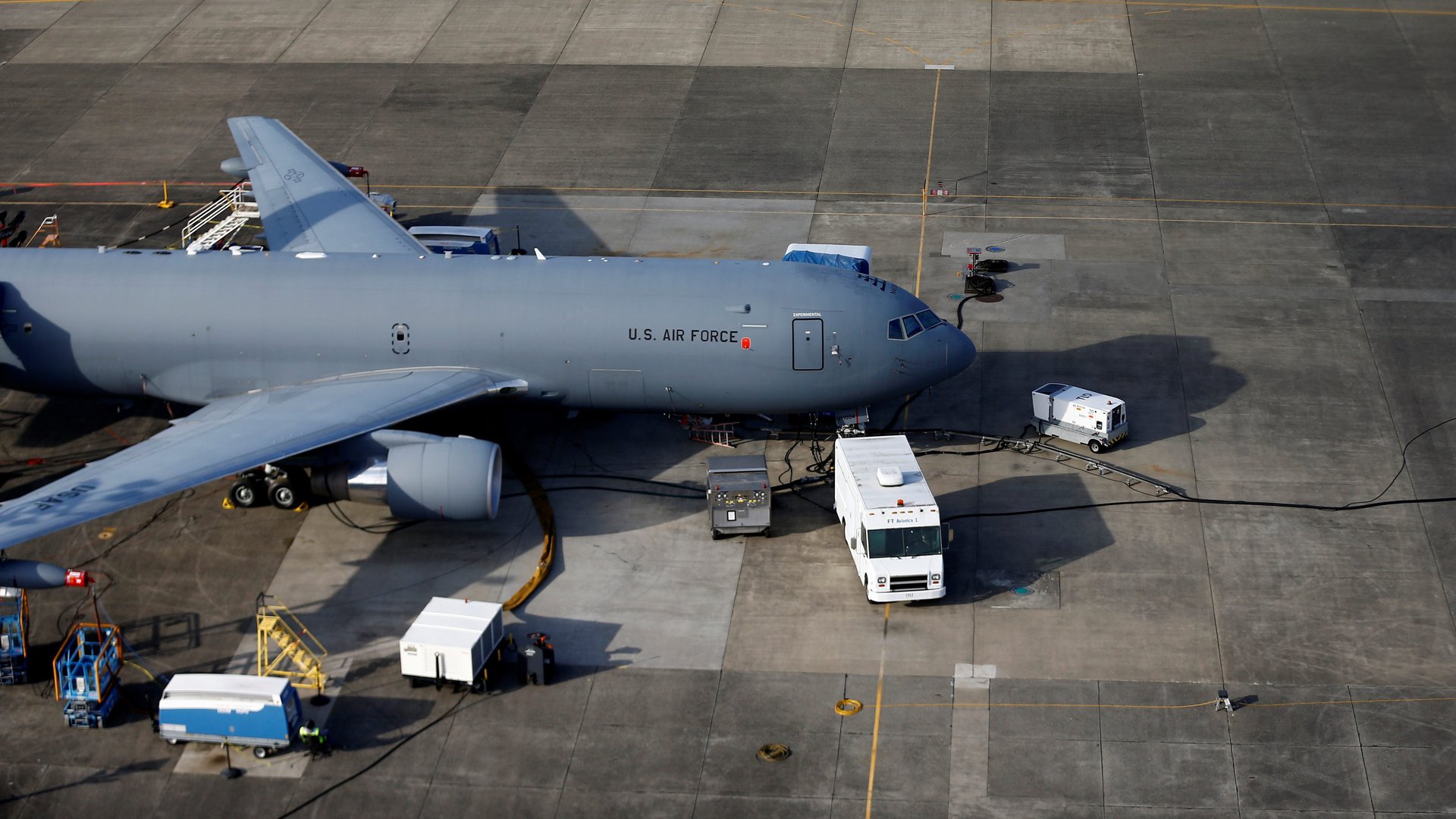The 737 Max’s most problematic system has a military predecessor that works better
Accident investigators looking into the 737 Max crashes have implicated a key system known as MCAS. Now it appears that a version of the system Boeing created years earlier for a military fuel tanker had a better design.


Accident investigators looking into the 737 Max crashes have implicated a key system known as MCAS. Now it appears that a version of the system Boeing created years earlier for a military fuel tanker had a better design.
That’s according to a Wall Street Journal report published today on the system’s history and the push to build safeguards into it for the tanker, known as the KC-46A Pegasus. It’s a plane based off Boeing’s 767 passenger jet. Those safeguards were not incorporated into the version installed on the 737 Max. On both planes, the system is intended to combat the natural tendency of the airplane to pitch upwards.
Notably, pilots of the KC-46 are able to override the MCAS—or Maneuvering Characteristics Augmentation System—simply by pulling on the controls, the Journal reports. It quotes an Air Force procurement chief as saying, “We have better sensor data. But most importantly, when the pilot grabs the stick, the pilot is completely in control.”
On the 737 Max, by contrast, the MCAS remained active even if the pilots pulled on the controls. The system would repeatedly push the plane’s nose down.
The Journal also notes that the KC-46’s MCAS relies on two sensors measuring the plane nose angle and compares the readings from each, as Air Force Magazine reported in March. The 737 Max version relies on just one.
Boeing is expected to fix the 737 Max version of MCAS by making it work more like the one designed earlier for the KC-46.
An obvious question, of course, is why did it take two accidents killing nearly 350 people for that to happen?